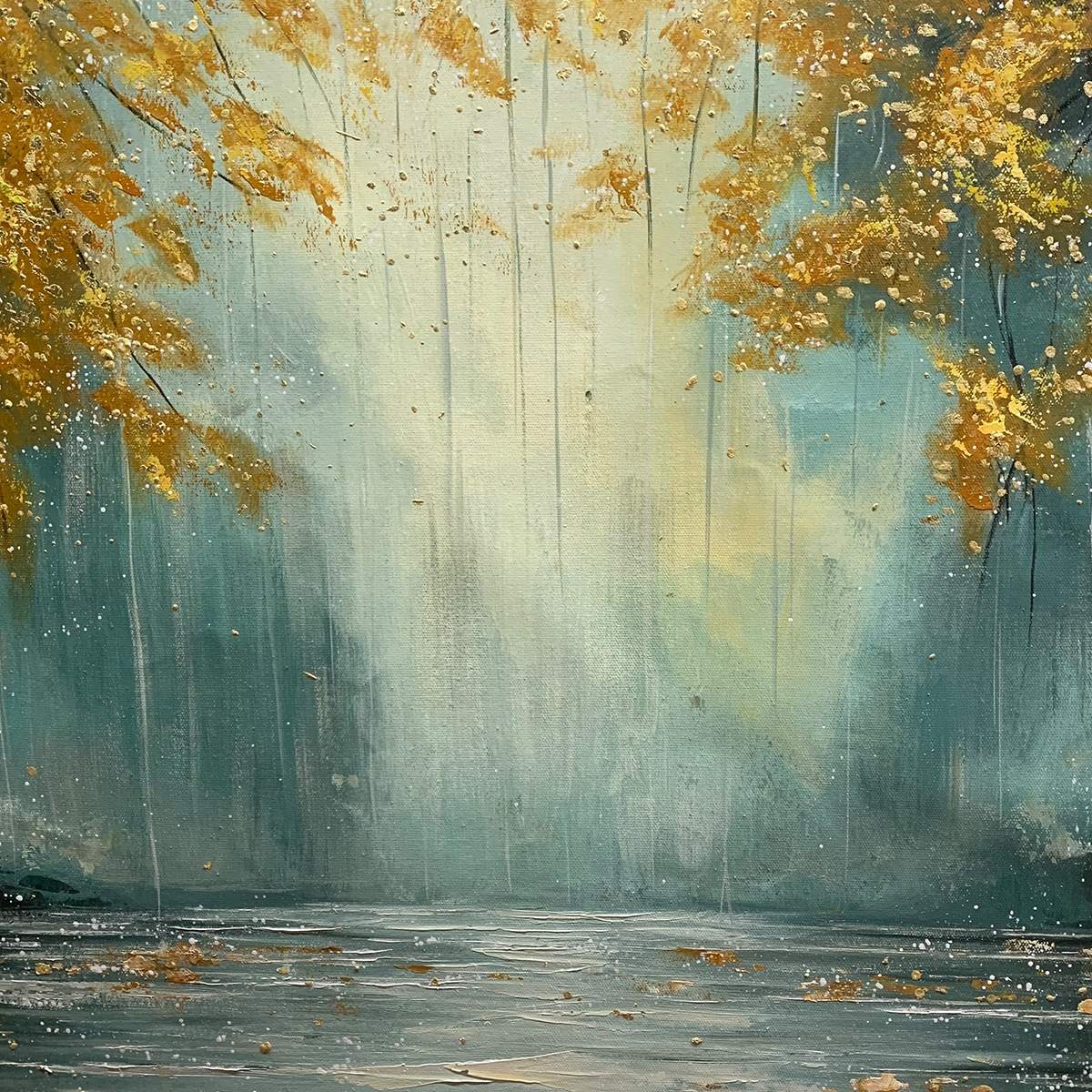Unlock the Secrets of Landscape Art: Discover Its Timeless Beauty and Hidden Stories!
Landscape artwork has captivated audiences for centuries, presenting breathtaking views of nature and inviting viewers to step into serene vistas. This genre, characterized by its focus on natural scenery, holds a significant place in the art world, reflecting not just the beauty of the environment but also the deeper stories woven into the fabric of our existence. In this article, we aim to explore the beauty, history, and significance of landscape art, examining how it has evolved through various styles and techniques. The timeless nature of landscape painting allows each piece to resonate with the viewer, evoking personal memories and emotions tied to the landscapes we traverse in our own lives.

The History of Landscape Artwork
The origins of landscape artwork can be traced back to ancient civilizations, where artists depicted nature as a backdrop to human activities. However, it wasn't until the Renaissance that landscape painting emerged as a prominent genre in its own right. Artists like Leonardo da Vinci and Raphael incorporated landscapes into their works, enhancing the narrative of their subjects. The Romantic period further revolutionized landscape art, with artists such as J.M.W. Turner and Caspar David Friedrich focusing on the emotional connection with nature. Their works conveyed not only the beauty of the natural world but also the sublime power it held over humanity. As we journey through time, we see how landscape painting has evolved, influenced by cultural shifts and advancements in artistic techniques, ultimately leading to the diverse array of styles we see today.
Different Styles of Landscape Art
Landscape artwork encompasses a wide variety of styles, each offering a unique perspective on the natural world. Realism, characterized by its meticulous attention to detail, aims to represent landscapes as they appear in reality. Artists like John Constable are celebrated for their realistic depictions of the English countryside, capturing the essence of the landscape with precision. Impressionism, on the other hand, emerged in the late 19th century, focusing on the effects of light and color rather than strict detail. Claude Monet's iconic "Water Lilies" exemplifies this style, inviting viewers to experience the beauty of a moment captured in time. Abstract interpretations of landscapes take a more creative approach, using shapes, colors, and forms to convey emotions and impressions of the natural world. Artists such as Georgia O'Keeffe transformed landscapes into vibrant, abstract expressions of their inner feelings. Each style offers a distinct lens through which we can appreciate and interpret the essence of nature.
The Significance of Landscape Artwork
Landscape artwork holds profound cultural and emotional significance, acting as a mirror to humanity's relationship with nature. These artworks often evoke feelings of nostalgia, tranquility, or even awe, prompting viewers to reflect on their own experiences within the landscape. Furthermore, landscapes serve as historical records, capturing the essence of specific places and times, allowing us to witness the transformation of our environment through the ages. The themes of nature and humanity's place within it are timeless, prompting conversations about environmental conservation and our responsibilities toward the planet. As I recall a friend's visit to the breathtaking landscapes of the American West, the connection between the artwork and personal experience became evident, underscoring how these pieces resonate on a deeply individual level.
The Modern Landscape Artist
Contemporary landscape artists are redefining the genre, merging traditional techniques with modern influences. The advent of technology has introduced new media and methods, allowing artists to experiment with virtual reality, digital art, and mixed media. Artists like Olafur Eliasson use innovative approaches to create immersive installations that engage viewers with environmental themes. Additionally, themes of climate change and urbanization are prominent in modern landscape artwork, reflecting our current societal challenges. This evolution demonstrates that while landscape art retains its roots in depicting nature, it continually adapts to address contemporary issues, ensuring its relevance in the modern art scene.
Exploring the Depths of Landscape Art
In exploring the history, styles, and significance of landscape artwork, we uncover the timeless beauty and hidden narratives that each piece holds. From the meticulous realism of the past to the innovative expressions of modern artists, landscape art invites us to connect with nature on a profound level. As we appreciate these artworks, we are encouraged to delve deeper into their stories, fostering a greater understanding of our relationship with the environment, both historically and in contemporary contexts. Let us continue to explore and celebrate the rich tapestry of landscape art and the myriad ways it enriches our lives.








